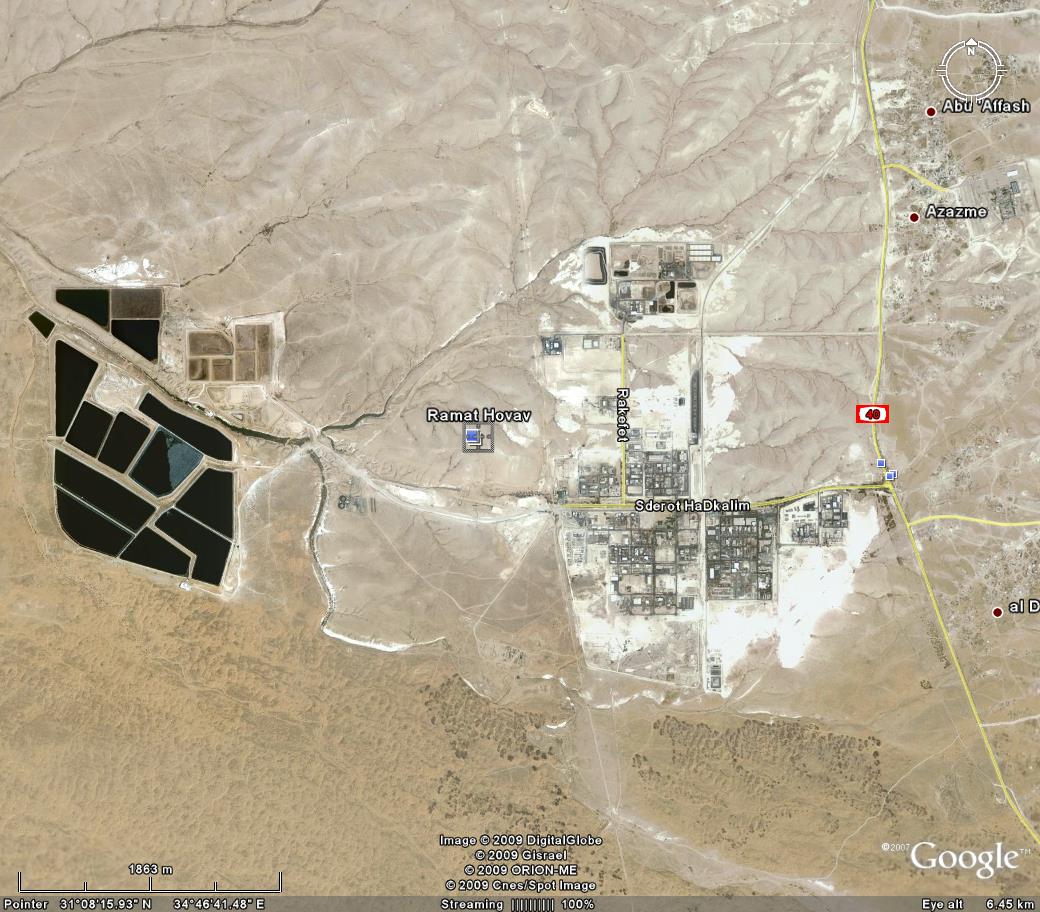When industry started developing in pre- and post-state Israel, hazardous waste disposal was a makeshift operation. Factories improvised by storing pollutants on their own grounds, discharging them into sewers and/or into nearby rivers, or sending them to municipal dumps or abandoned quarries.
To centralize and supervise the treatment, storage and management of Israel’s hazardous wastes, a Negev site, Ramat Hovav, was chosen by governmental decision in 1975. This locale — some 12 km (7.5 mi) south of Beer-Sheva, which then housed most of Israel’s advanced chemical production — was attractive for several reasons. Firstly, it was sufficiently far from the Negev capitol that potential air-borne pollutants would be well dispersed and undetected by the city’s residents. Moreover, the bedrock under Ramat Hovav is combined of chalk of the Eocene Avdat Group, a geological formation that was thought to be highly impervious to water-based and other waste liquids. Thus storage of hazardous effluents from the local industries at the site would not seep into and contaminate the region’s aquifers, such as the southern coastal aquifer and the shallow brackish chalk aquitard, then utilized by local Bedouin communities.
For these reasons, a new industrial zone was set up at Ramat Hovav. Plants with hazardous waste effluents operating closer to Beer-Sheva were brought down, and major efforts were expended to attract major manufacturers to construct new facilities with pollution ramifications at the site. A major selling point was the provision of a major decontamination and waste storage facility at the factories’ doorsteps.

Sattelite image of Ramat Hovav area.